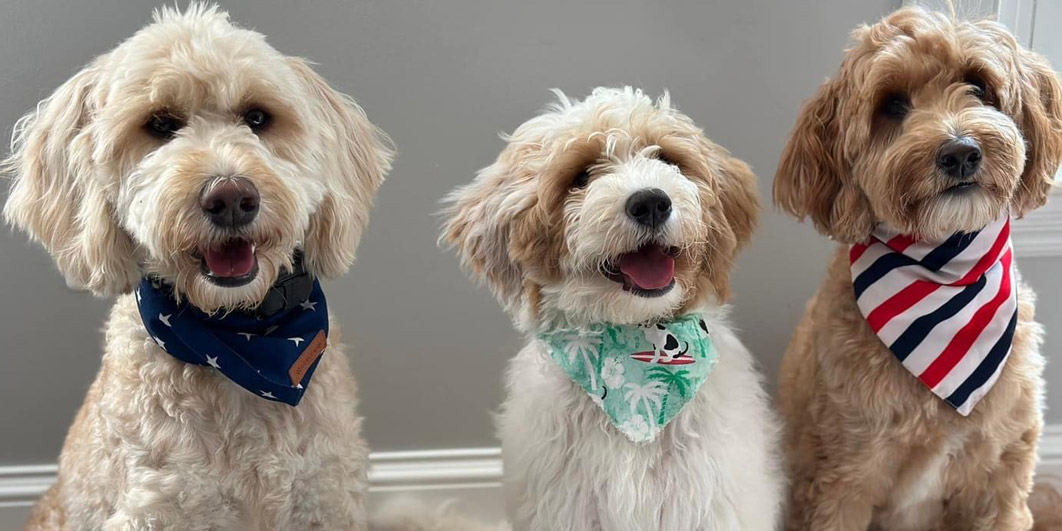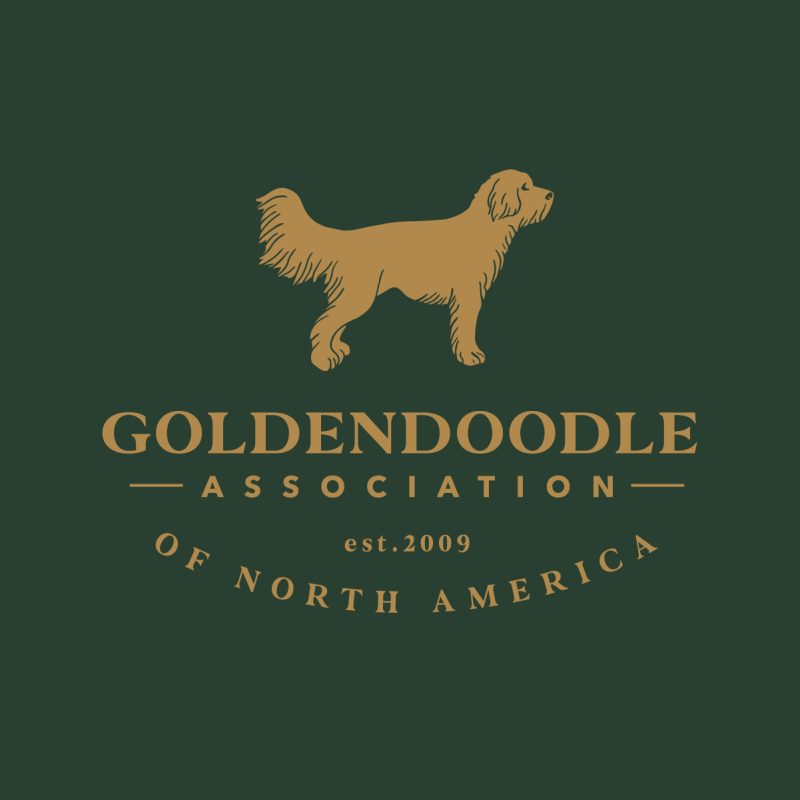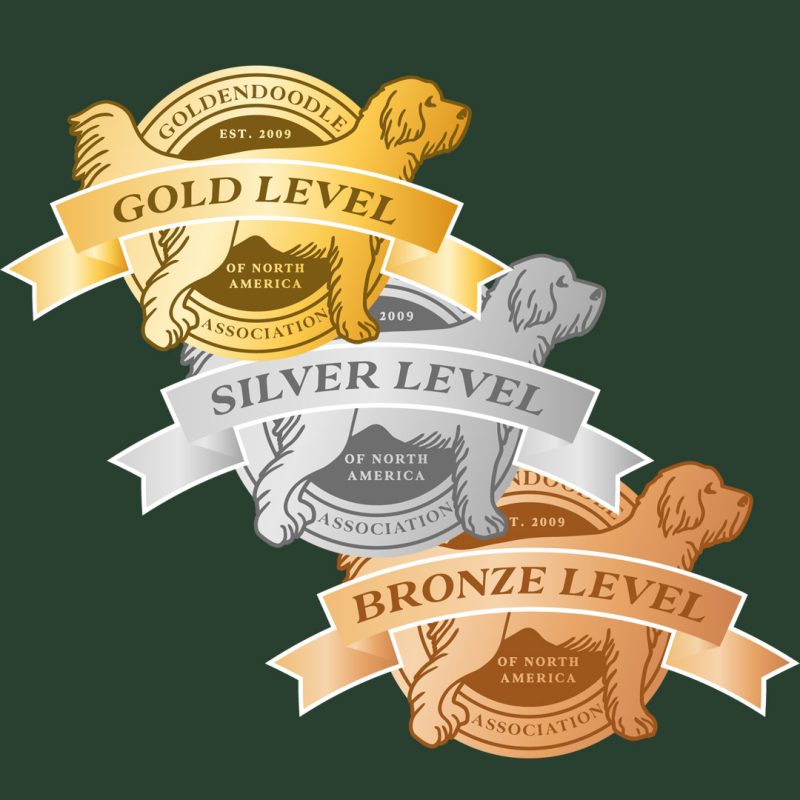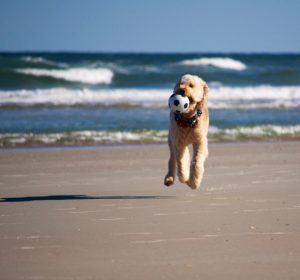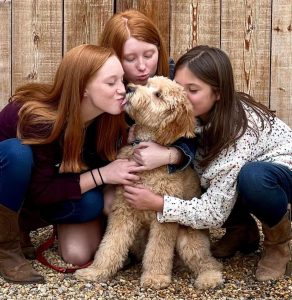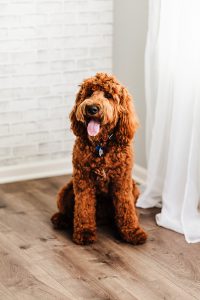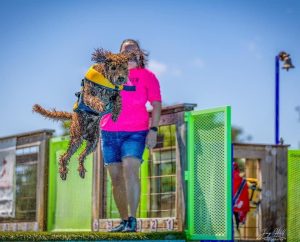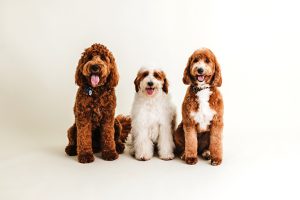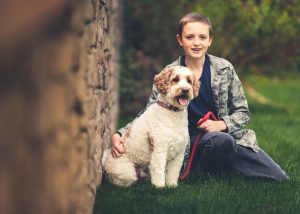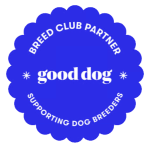Did you know that keeping a dog at a healthy weight is one of the most important things you can do to help your pet lead a happy and healthy life? Having a pet that is overweight can lower their life expectancy by two years. I think all of us animal lovers can agree that the worst thing about having our pets is that they don’t live long enough. So why not do something simple to help increase their lifespan?
There are many other risks associated with a dog being overweight. Here are just some of the risks that increase when a pet is overweight:
- Diabetes
- High blood pressure
- Types of cancers
- Kidney disease
- Respiratory issues
- Heart disease
- Torn ACL (anterior cruciate ligament)
Keeping your pet a healthy weight can also lower their chance of injuries to bone, joints, and muscles. As a pet ages and may develop arthritis, keeping them a healthy weight helps them manage their pain a lot better than if they were carrying around extra weight putting more strain on their body.
How do I keep my pet a healthy weight?
Feeding your dog a high quality well balanced food and cutting them back if you see them start to put on some weight. Not adding a lot of outside treats or ‘unhealthy people’ food to their diet. Keeping them active will help them stay a healthy weight and is also important for their cognitive health so that’s a win win!
If your pet is overweight and they are acting like they are starving when you cut back their food, you can put some pumpkin puree or green beans on top of their food. It doesn’t add calories but makes them feel more full.
Please understand that if your veterinarian or pet professional in your life voices their opinion about your pet’s weight – this is not a direct reflection on you or your health or your ability to take care of your pet. They want what is best for your pet, as do you.
How do I tell if my pet is a healthy weight?
To see if your dog is at a healthy weight, you want to use the Body Condition Score (BCS). It’s a quantitative way to evaluate body fat on dogs and cats.
We have included the chart from The World Small Animal Veterinary Association (WSAVA), which is a 9 point system. 1 – 3 is under ideal, 5 is ideal, and 7 – 9 is over ideal.
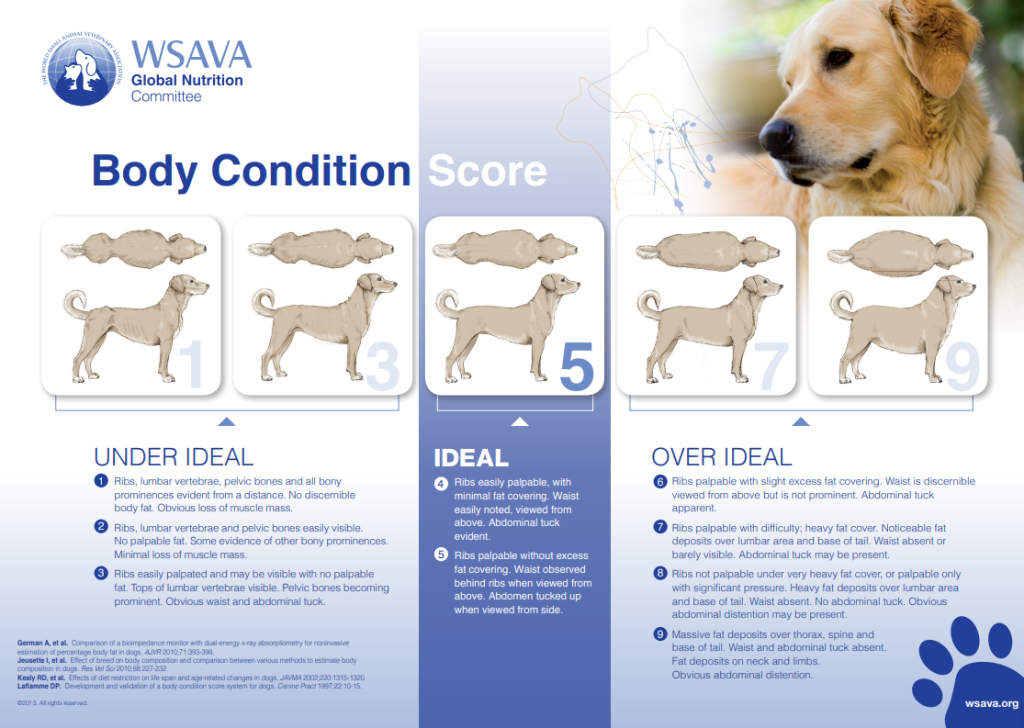
How do you properly check your dog’s body condition score?
Because Goldendoodles have a thick coat, just visually evaluating your dog won’t cut it because even a skinny goldendoodle can look heavy.
To find your dog’s body condition score, you’ll want to run your hands down her ribs. You want to feel the dog’s ribs with a thin layer of fat over them. Any more than a thin layer and your dog is starting to get too fat. If you can’t feel your dog’s ribs, then your dog is obese.
| Score (1-10 scale) | Description | Clothing analogy | Back of hand analogy | What to do | |
| Thin | 3 or less | You feel ribs with no covering | Feels like she’s not “wearing” anything over her ribs | Feels like you are running your fingers over the knuckles of your other hand | Increase food, reduce activity temporarily if needed |
| Ideal | 4-5 | Ribs easy to feel with minimal covering | Feels like she is “wearing” a t-shirt or very thin fleece shirt over her ribs | Feels like running your fingers over the bones on the top of your hand | Keep doing what you are doing! |
| Overweight | 6-7 | Excess fat over ribs | Feels like she is “wearing” a sweater or fleece sweatshirt over her ribs | Reduce food, increase activity, contact us if you need help* | |
| Obese | 8-9 | Can’t feel ribs under the fat layer | Reduce food, contact us or your vet, this can lead to serious conditions* |

